Alcohol in baking isn’t a modern fad - it’s positively ancient. From the hearty beer breads of Ancient Egypt to the elaborate spirit-soaked desserts of medieval European feasts, bakers have long recognised that alcohol can transform their creations in magical ways.
Today, we continue that proud tradition, armed with the scientific knowledge to explain exactly why a splash of rum makes your brownies richer or why vodka-laced pastry crusts turn into flaky marvels. Below, I’ll guide you through the whys and hows, plus share insights on everything from flavour enhancement to practical tips. Boozy baking brilliance.

How Alcohol Interacts with Baking Ingredients
One of the reasons alcohol is so compelling in the kitchen is its ability to mix with both water-loving (hydrophilic) and fat-loving (lipophilic) molecules. While water and fats are the awkward party guests who keep to opposite corners, alcohol gets stuck right in and gets them chatting. This helps emulsify ingredients into a smoother mixture, which can improve the mouthfeel of your final bake.
It also turns out that alcohol is a world-class flavour chauffeur. Because it dissolves both water-soluble and fat-soluble compounds, it ushers a broader range of flavour notes to our taste buds and noses. Think of that pinch of cinnamon or swirl of vanilla - alcohol can carry these aromatic delights straight to your olfactory receptors, amplifying their presence in your baked goods.
Taming Gluten for Tender Results
When you hydrate flour with water, two proteins - glutenin and gliadin - come out to play, forming gluten. It’s the stretchy network essential to bread but sometimes unwelcome in pastries we prefer delicate or flaky. Enter alcohol (primarily ethanol). It’s less polar than water, which means it doesn’t promote as much gluten formation. The result? A more tender crumb.
Vodka in pie crust is the classic example. Typically 40% ethanol, it provides just enough moisture to bind dough without turning it tough. A similar principle applies if you’re whipping up crisp tempura or a lightly boozy cake - less gluten can mean a more deliciously airy or tender result.
A Closer Look at Browning: The Maillard Reaction
That beautiful golden crust on your bread or the toasty edges of a cookie come courtesy of the Maillard reaction, where amino acids and sugars bond in a hot oven to create deep colour and flavour. Water matters for Maillard reactions to proceed, but interestingly, too much alcohol can sometimes reduce water at the surface. This could slightly inhibit browning - though it’s not all gloom and doom. Alcohol also helps volatile flavour compounds evaporate, intensifying overall aroma.

Should you suspect your boozy batter is browning too slowly, you might tweak baking temperature, sugar levels, or other factors. Baking is chemistry and art in tandem, so don’t be afraid to experiment until you land on the perfect balance of colour and taste.
Yeast: Boozy Friend or Foe?
Yeast is a capricious character. It merrily converts sugars into carbon dioxide (and, yes, alcohol) when we proof bread dough. But if you introduce too high a concentration of alcohol to the party from the outset - say, above 12% ABV - yeast can get overwhelmed and give up altogether. On the flipside, some bakers swear that a whisper of alcohol can, under certain conditions, nudge yeast into a slightly more enthusiastic fermentation, producing bread with a wonderfully yeasty aroma.

A fun concept known as “drunken bread” emerges when you let dough ferment cool and slow. Yeast produces a bit more alcohol than usual, some of which cooks off in the oven, leaving behind a more complex flavour.
Flavour Dynamics: Enhancing and Modifying Taste Profiles
One of alcohol’s most charming traits is its capacity to carry aroma. Because ethanol evaporates more readily than water, it jets those little pockets of flavour upward, where your nose picks them up even before your first bite. A modest amount of alcohol (around 1% in the final batter) often hits the sweet spot for enhancing flavours without overshadowing them.
From rummaging in your liquor cabinet to rummaging in your wine rack, each type of alcohol has its own personality:
-
Rum & Bourbon: Toasty, nutty, and vanilla. Rum can skew toward caramel sweetness, while bourbon has that nostalgic whiff of toasted marshmallow.
-
Brandy & Port: Fruity warmth, perfect for fruitcakes or chocolate.
-
Gin: Light, citrusy, and botanical - sublime in a lemony cake or shortbread.
-
Vodka: The unobtrusive chameleon; it brings no strong taste of its own, so it’s brilliant when you want a neutral spirit that still contributes to texture or subtle flavour-lifting.
If you find yourself hesitating over which bottle to pick, think of classic cocktail profiles. A whiskey sour’s tang, for instance, might inspire a whiskey-laced lemon cake. Let tradition guide your experimentation.
Textural Transformations: The Impact of Alcohol on Baked Goods
-
Flakier Crusts: Vodka, gin, or even whiskey in pie dough can mean layers upon layers of tender, crisp pastry. The alcohol stymies excess gluten formation and evaporates quickly, making your crust the envy of any patisserie.
-
Moister Cakes: A splash of wine or a nip of brandy can help keep a cake from drying out. Alcohol can also lock in moisture by slightly altering how the batter sets.
-
Bread, Brownies & Beyond: Beer breads gain extra fluffiness and malty flavour from the yeast and carbonation in beer. Meanwhile, brownies laced with whiskey or rum become sumptuous squares with a deep, indulgent vibe - perfect with a late-night cup of tea or, dare I say, a matching dram of whiskey on the side.
Practical Applications: Incorporating Alcohol into Your Baking
Think of alcohol as a potent, grown-up flavour extract. A little goes a long way, so here are a few ways to slip it into your bakes:
-
Straight into Batter or Dough: Swap some of your recipe’s liquid (milk or water) with liquor. Keep an eye on overall moisture so you don’t sabotage your batter’s consistency.
-
Soaking Syrups & Glazes; Perfect for cakes that need an extra indulgent note. A sweet syrup spiked with rum or limoncello brushed over a warm sponge can turn a modest cake into a showstopper.
-
Fillings and Frostings : Stir in a spoonful (or two!) of your chosen spirit into frosting, whipped cream, or pastry cream once they’ve cooled. This way, the alcohol doesn’t cook off, and the flavour remains vibrant.
-
Fruit Infusions : Steep dried fruit in alcohol - try brandy-soaked raisins for a winter fruitcake or rum-soaked dates in sticky toffee pudding. The fruit plumps up and bursts with aromatic wonder.
A gentle nudge, though: always choose a decent-quality tipple. Baking won’t magically transform bottom-shelf liquor into something refined. Start small, taste, then add more. You can’t unsplash the rum, but you can always swirl in a second spoonful if your batter calls out for more drama.
Alcohol Retention in Baking: Debunking the “Cooked Off” Myth
Let’s banish the idea that alcohol simply vanishes in the oven. Sure, heat evaporates some of it, but anywhere from 5% to a rather hefty 85% can remain, depending on the cooking time, temperature, and other recipe nuances.
-
Flambé? You’d think setting liquor aflame would annihilate every drop, but reality says you could still be left with around 75%.
-
Baked or Simmered for 15 Minutes? Possibly 40% remains.
-
Leaving it Overnight with No Heat? About 70% can linger.
This is essential to consider if you’re baking for folks with health, religious, or personal reasons to avoid alcohol. Sometimes a simple swirl of an alcohol-free extract is the more inclusive choice.

Exploring the Spectrum: Baking with Different Alcoholic Beverages
-
Spirits: Rum, whiskey, vodka, brandy, gin- like a fabulous dinner party, each spirit brings its own conversation starters, from subtle botanical whispers to robust, caramel-laced warmth.
-
Liqueurs: Amaretto, Baileys, Kahlúa, Grand Marnier, Limoncello. Sweeter, showier, and often fantastic in cheesecakes, frostings, or boozy cake soaks.
-
Wine: Red, white, port, sherry - each can enhance or complement fruits, chocolates, or the crumb of a cake. A simmered-down red wine reduction in chocolate batter? Heavenly.
-
Beer & Cider: Beer bread is a time-honored tradition (some say dating back to ancient times!). Stouts enrich chocolate cakes. Lagers or wheat beers can partner well with light, citrusy bakes.

Beyond flavour: Alcohol as a Preservative in Baking
Historically, booze wasn’t only about taste; it was also a clever preservation technique. Fruitcakes doused in brandy or rum (especially around the holidays) can last impressively long, their flavours deepening over time. Rum cakes, in particular, famously stay fresh - potentially for up to a year - thanks to alcohol’s antimicrobial properties. Just be aware that while the cake may keep longer, the alcohol can keep the texture softer, occasionally veering into “very moist” territory.

The Art of Pairing: Complementing Baked Goods with Alcoholic Beverages
If you’re anything like me, you might love to serve a spirited dessert alongside the very drink that inspired it. Imagine:
-
Chocolate Cake + Cabernet Sauvignon or a dark rum cocktail.
-
Cheesecake + a sweet Riesling.
-
Rum Cake + a bold red or, naturally, a neat tot of dark rum.
-
Lemon Bars + a bright gin-based concoction.
Sweetness levels, dominant flavours, and textures are all crucial. The drink should complement, not crush, your dessert. When in doubt, a good rule: match or slightly exceed your bake’s sweetness with your choice of beverage.
Navigating Regulations and Health Considerations (UK Focus)
Here in the UK, the sale of food with more than 0.5% ABV to under-18s is illegal. Any product above that threshold requires careful labelling, potential licensing, and an eye toward consumer safety. If you’ve got children at a family gathering, or if your bake is for public sale, double-check the rules. Remember, while some of the alcohol will cook off, enough may remain to be relevant.
Health-wise, moderation is key. Even though we lose some alcohol during baking, we don’t lose all the calories or potential health ramifications. For individuals in recovery, or who avoid alcohol for personal reasons, a boozy dessert can be risky or triggering. In such scenarios, consider using extracts or an alcohol-free recipe. Always respect your guests’ needs - nobody wants a slice of cake to come with a side of worry.
A Global Perspective: Traditional Alcoholic Baked Goods
From German Black Forest Cake soaked in kirsch to the Italian classic Tiramisu with Marsala or coffee liqueur, many beloved desserts revolve around a spirited soak. The English Christmas Cake, often “fed” with brandy across several weeks, is a beloved tradition. In the Caribbean, Rum Cakes star at festive events, historically preserving fruit in tropical climates and lending that iconic sweet booziness to celebrations.
It’s a reminder that this practice transcends borders, bridging cultures with the simple joy of sweet treats bolstered by a pleasing tipple. There’s something undeniably romantic about continuing centuries-old methods - knowing that someone in a medieval kitchen likely had a similar sparkle in their eye as they stirred brandy into a pudding.
Your Baking with the Science (and Fun!) of Alcohol
The marriage of baking and alcohol can feel downright magical - though the alchemy is grounded in solid science. Alcohol helps unify fat and water, encourages subtle or bold flavours to shine, tenderises gluten, and even extends shelf life. Once you appreciate how it operates behind the scenes, you can begin crafting everything from whiskey-kissed brownies to airy, beer-battered bread with confidence.
Of course, keep in mind that a boozy bake might retain more alcohol than you think, and ensure you’re following local regulations and health guidelines. But if all is in order, consider this your invitation to be just a little playful in the kitchen. Embrace the swirl of an uncorked bottle, let your creativity and curiosity lead, and discover how even a single splash of spirits can change your bakes from good to glorious. After all, if history has taught us anything, it’s that we humans have never shied away from a tipple - especially when it can make dessert that much more delightful.
And if you want to skip the baking and hit up the boozy cake straight, order our Guinness chocolate cake.
Cheers - and happy baking!




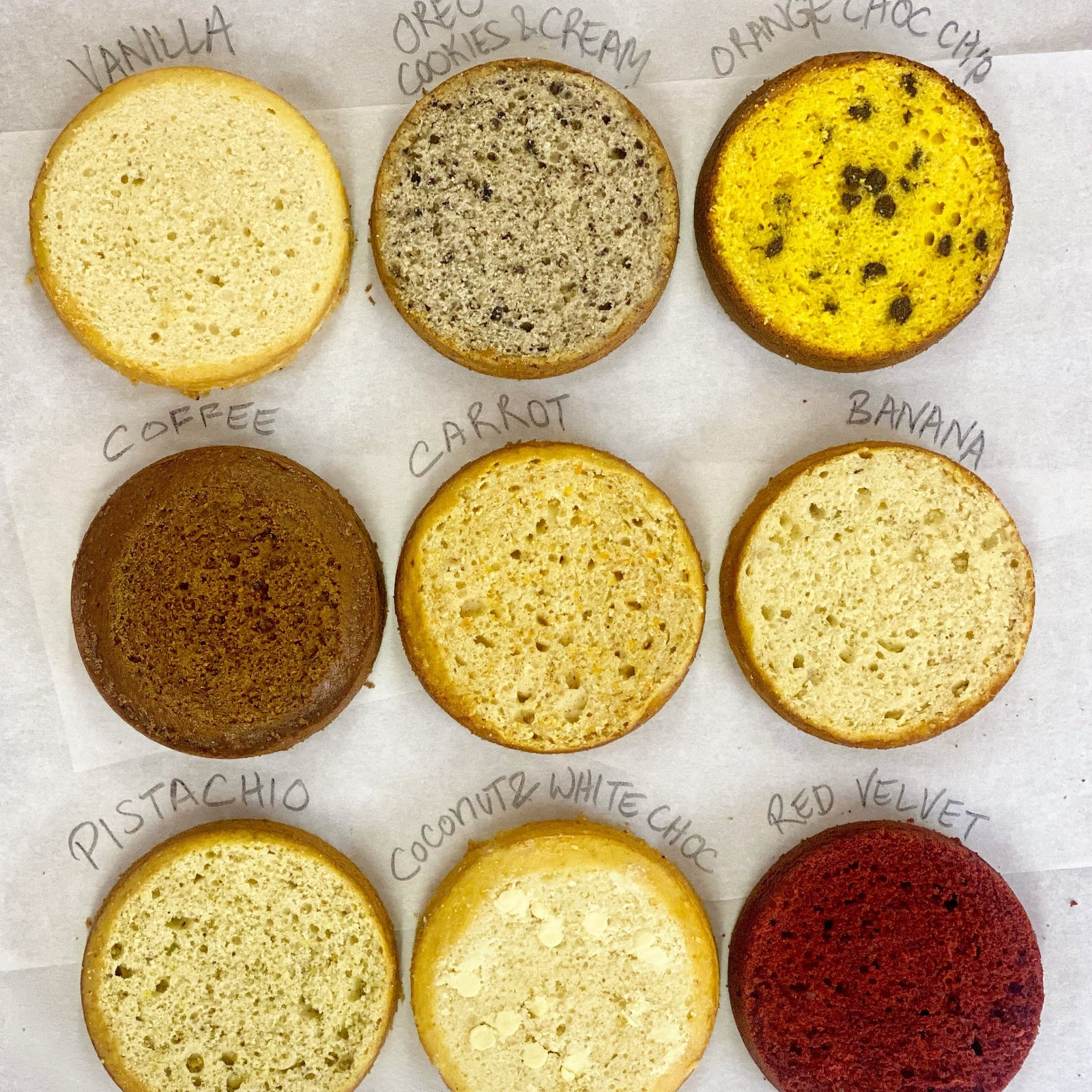
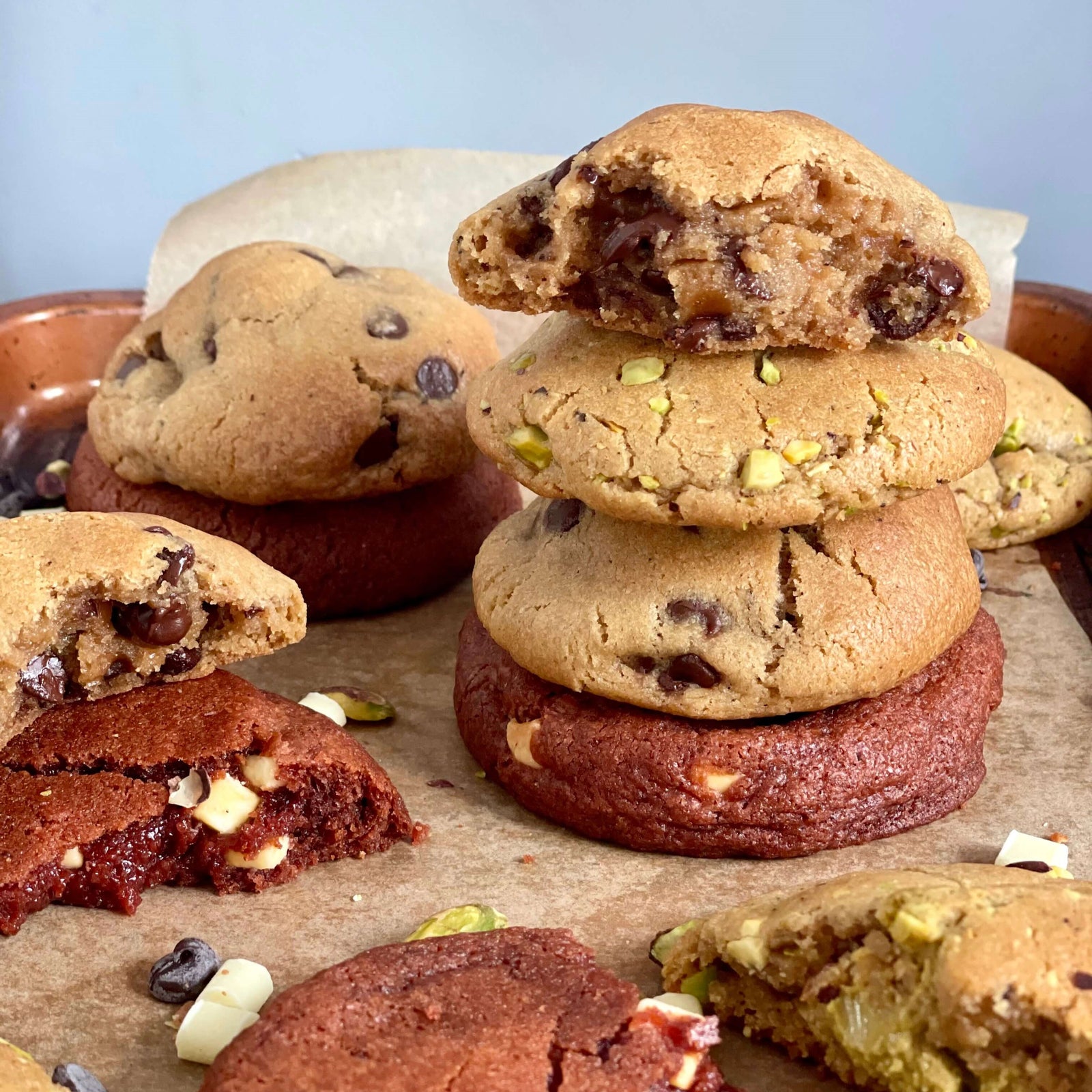
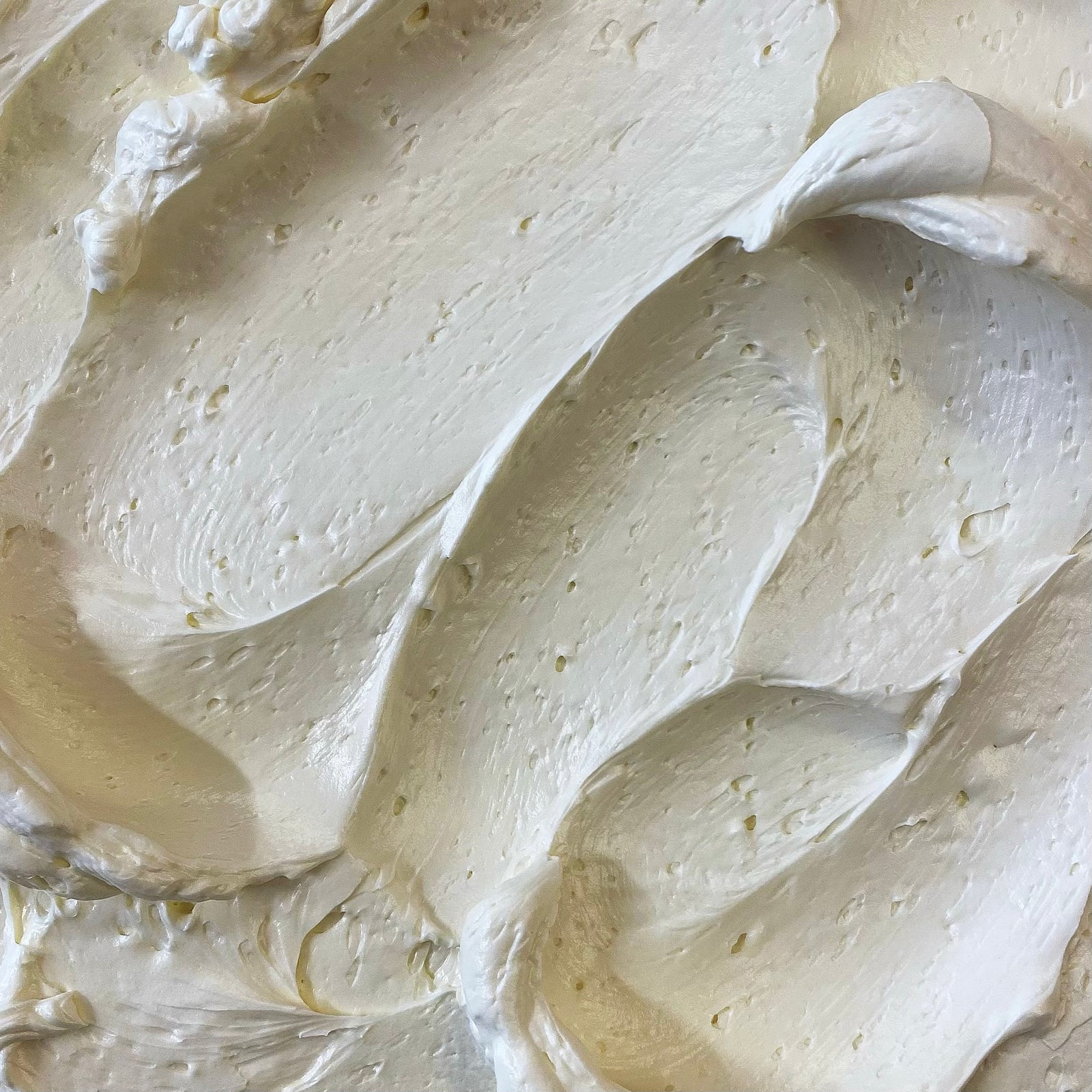
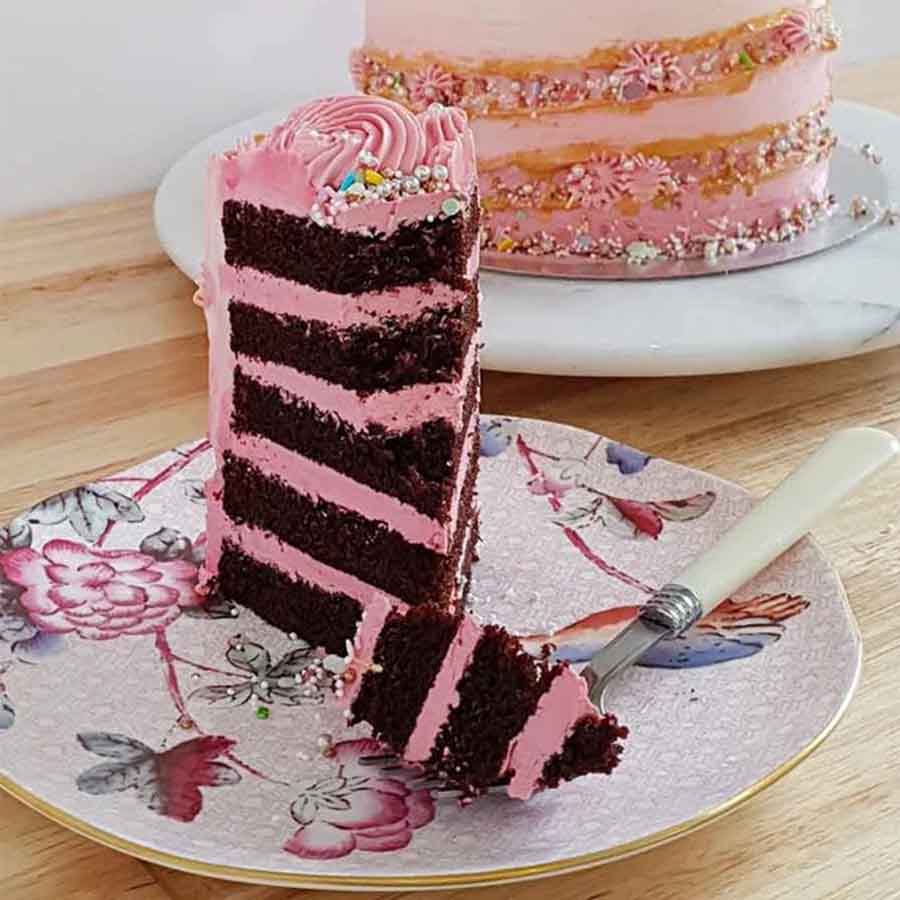
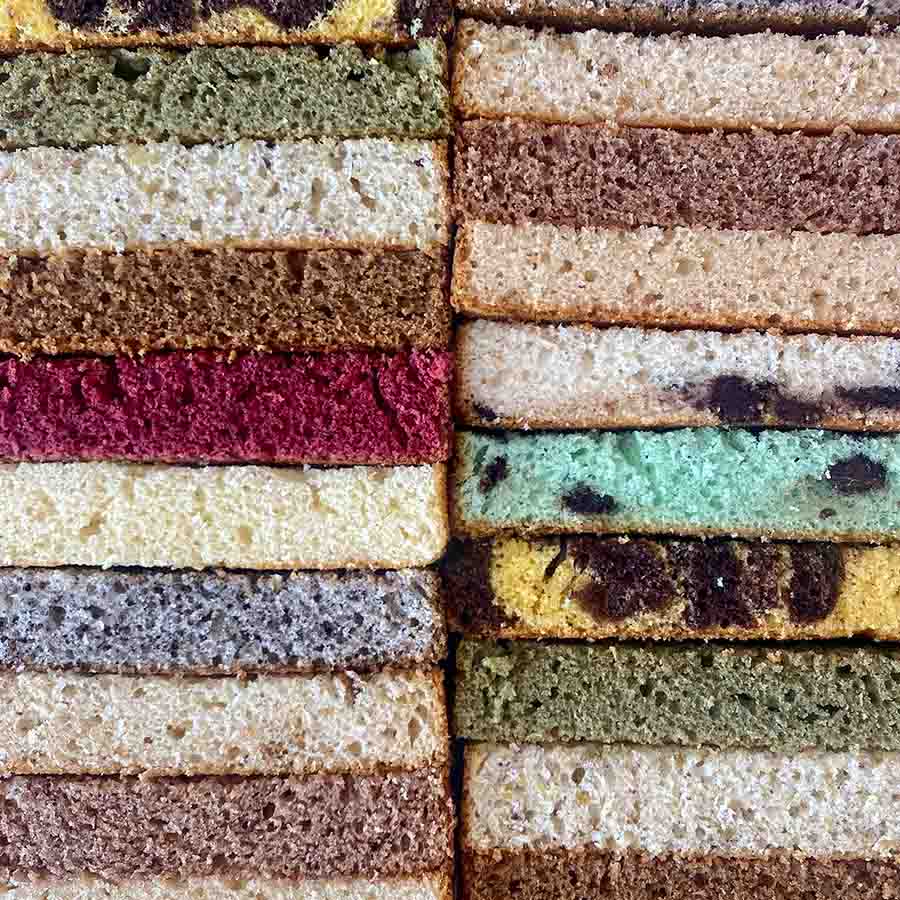
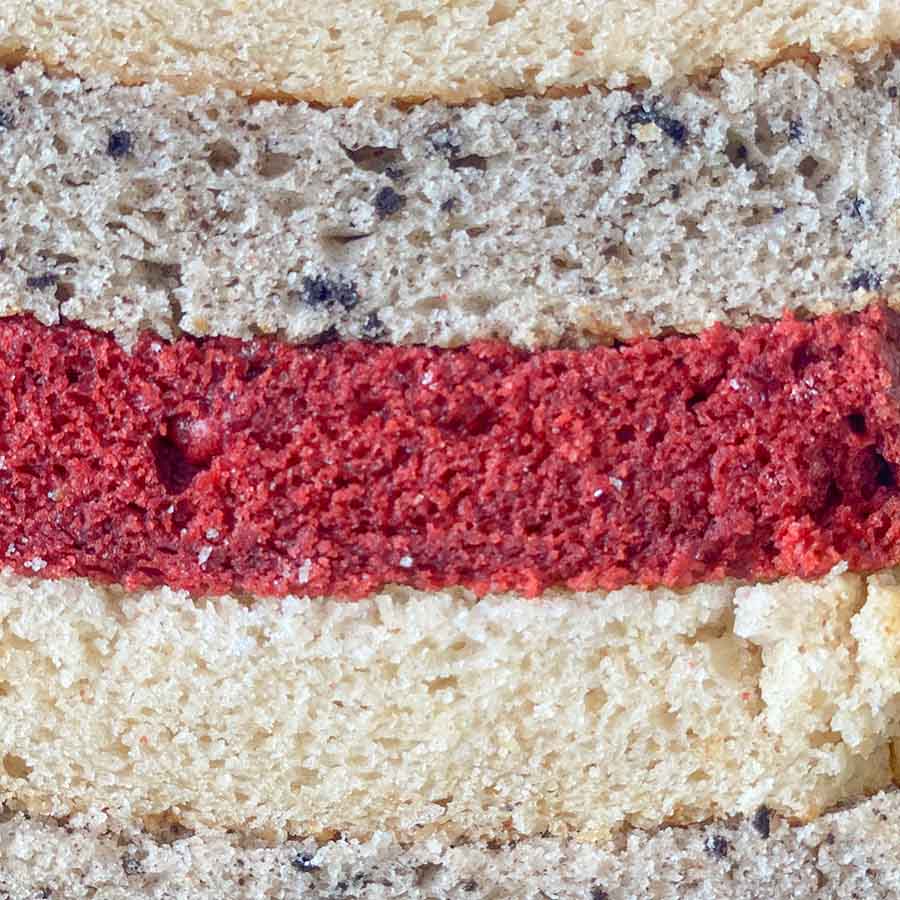
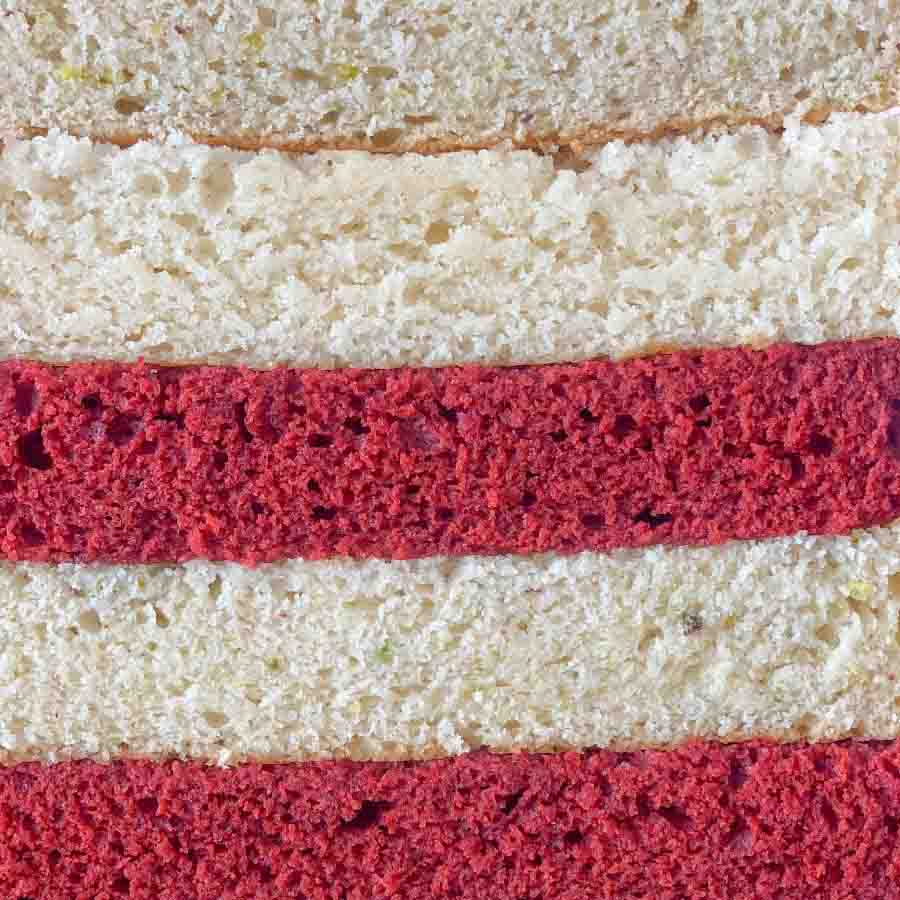
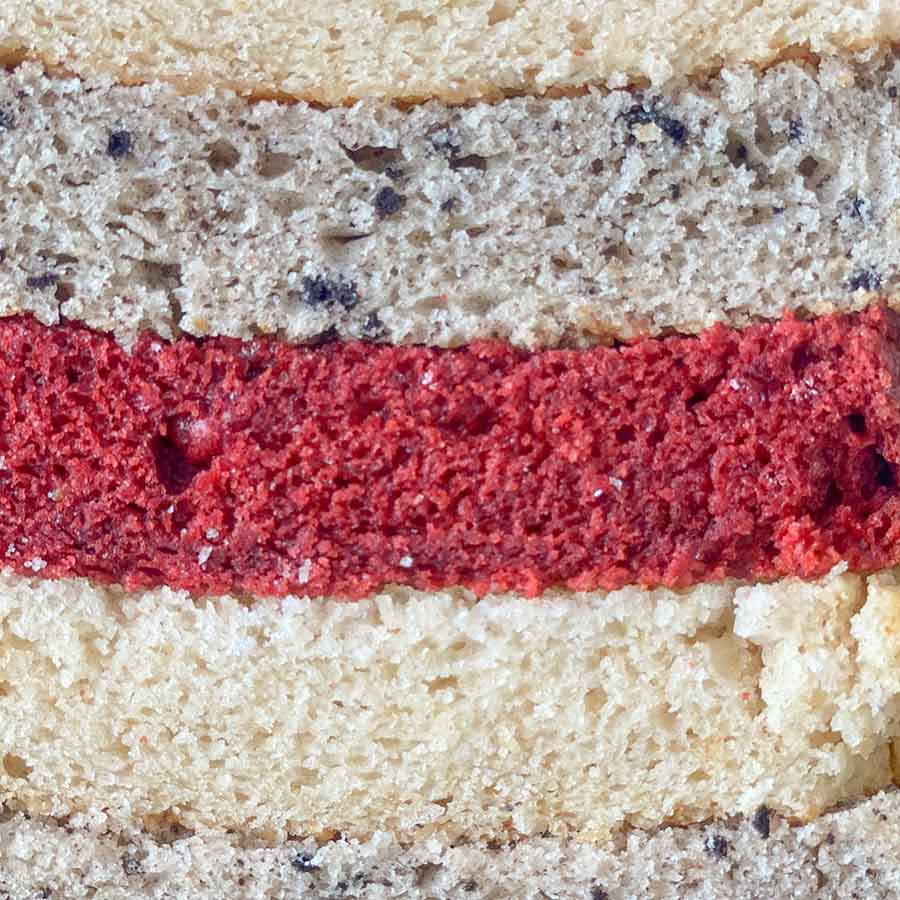
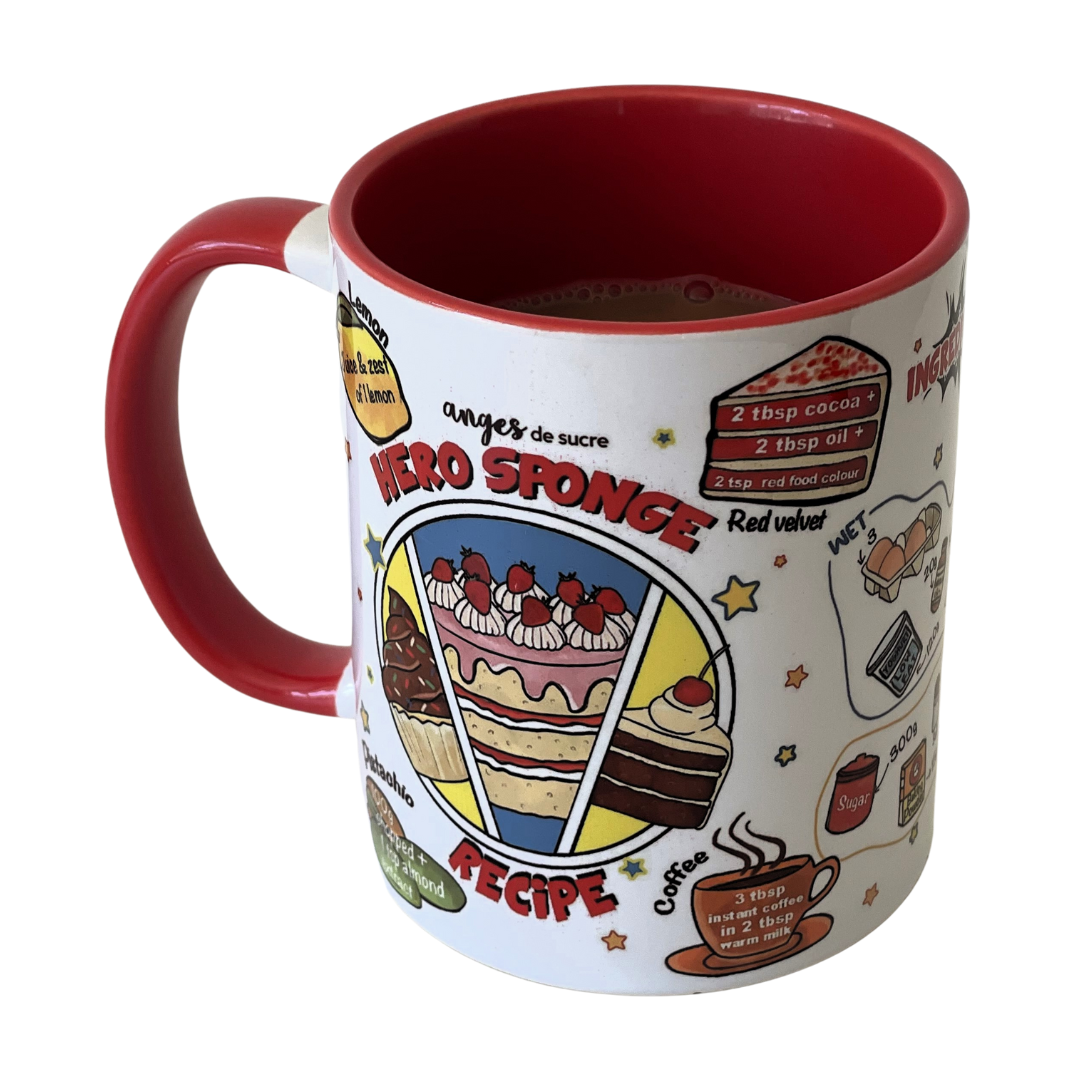
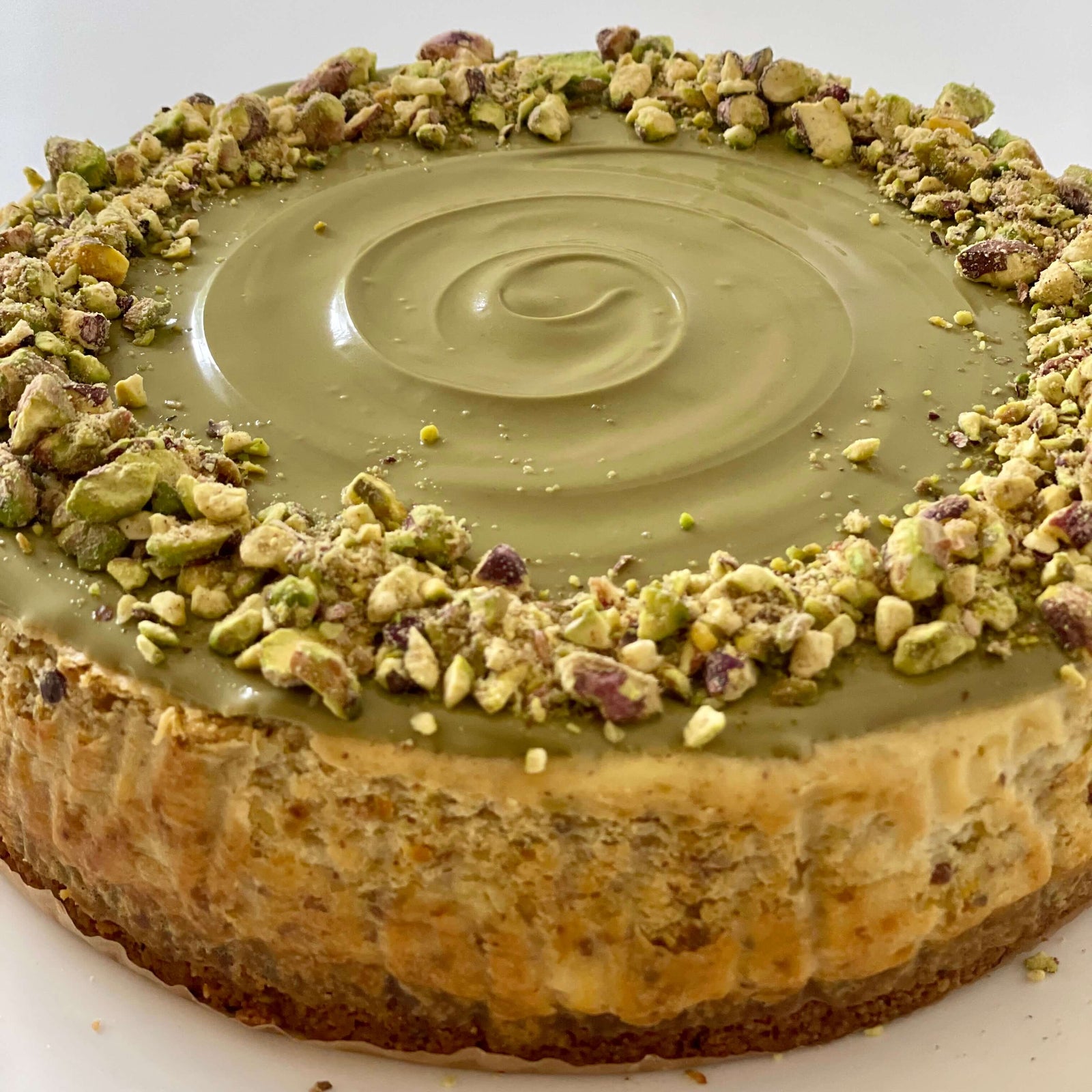
Leave a comment (all fields required)